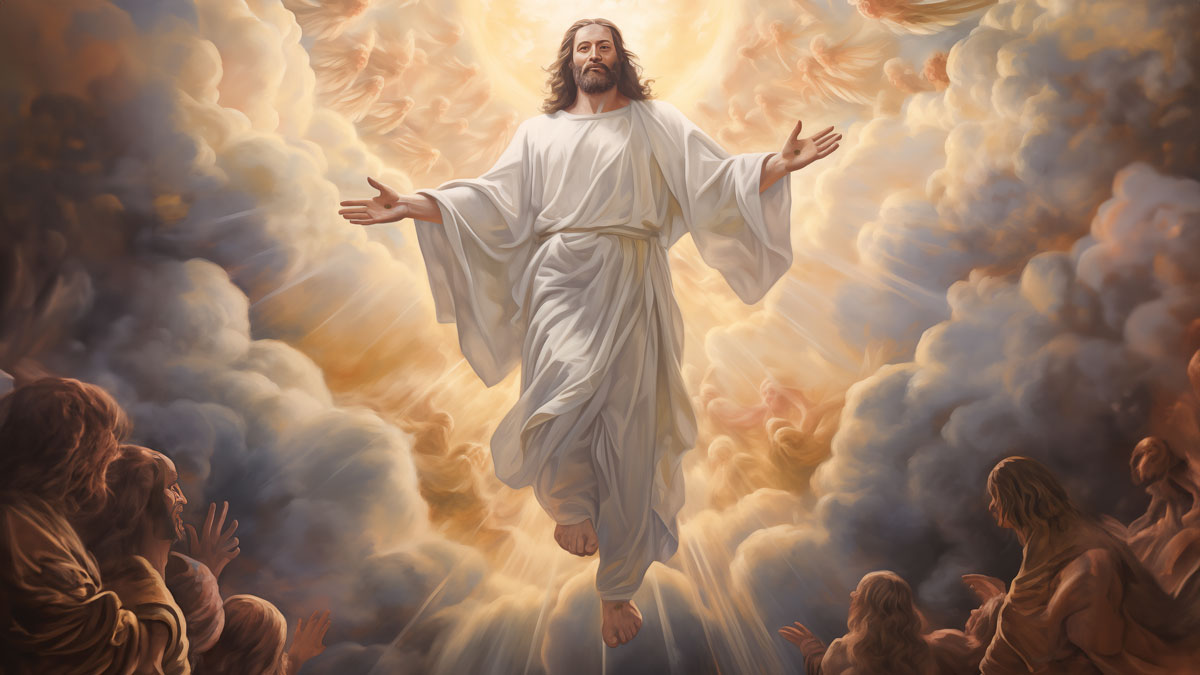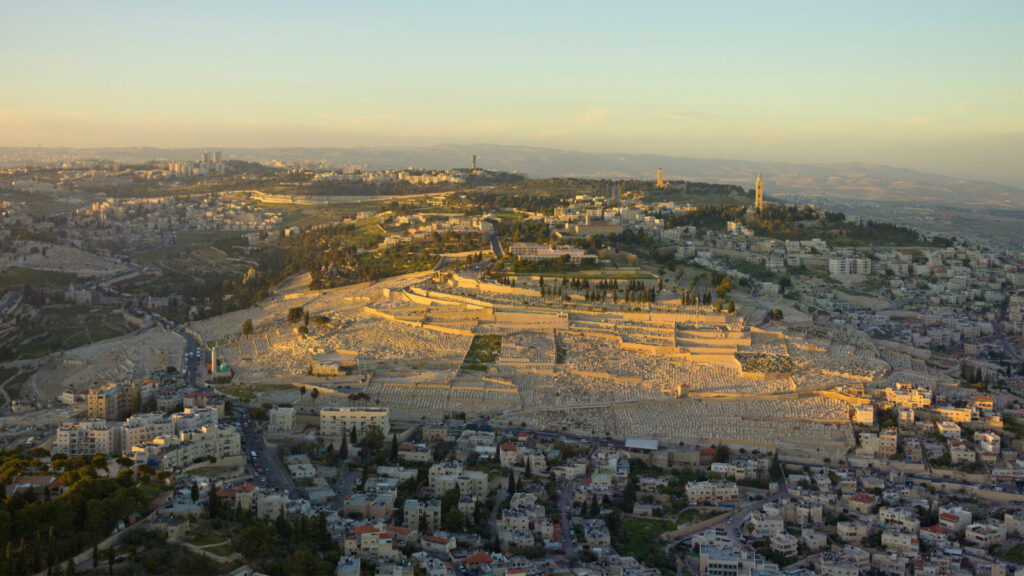It is with a great deal of trepidation that I attempt to write about what is regarded as one of the greatest musical accomplishments ever achieved.
What lifts this oratorio to the realms of the heavenly is that the sublime music has been matched with the choicest passages of Scripture, that prophesied of the coming of the Messiah, of His life, death and resurrection and of His exaltation as King of kings and Lord of lords. It would be a person without feeling, who is able to sit through a performance of Messiah without being deeply moved.
Handel’s amazing accomplishment in writing the musical score in three to four weeks is difficult to grasp. But was he alone in this magnificent venture? His friend, Charles Jennens, lyricist, is to be thanked for choosing the appropriate Scripture passages, to which Handel perfectly matched the music. Charles Jennens wrote to a friend: “I hope he will lay out his whole genius and skill upon it, that the composition may excel all his former compositions, as the subject excels every other subject.”
The first performance of Messiah occurred in Dublin, on April 13, 1742. When King George II attended a performance the following year, he stood when the Hallelujah chorus was sung, a practice that has been continued by audiences to this day. How many people have been privileged to have attended a live performance over the past 280 years is incalculable.
I have a copy of Novello’s Messiah, published in England in 1951, and priced then at six English shillings.
Messiah is divided into seven parts: “The Promise of the Messiah“; “The Coming of the Messiah“; “The Life of the Messiah“; “The Death of the Messiah“; “The Resurrection of the Messiah“; “The Triumph of the Messiah“ and “The Heaven of the Messiah“.
The oratorio commences with an overture, then launches into the consoling recitation, “Comfort ye My People“. This is followed by an air, choruses and recitations with the first part concluding with an air and chorus.
“Every valley shall be exalted . . . and every mountain and hill made low. The crooked straight and the rough places plain.”
The second part, “The Coming of the Messiah“, includes recitations, an air and two choruses. We have now been brought to “The Life of the Messiah“, with an air, “Rejoice greatly“; a recitation, “Then shall the eyes of the blind“, followed by, “He shall feed His flock“, and, finally, the chorus, “His yoke is easy“. This part, though short, is probably the happiest, depicting as it does Christ’s earthly life.
“For unto us a Child is born, unto us a Son is given.
And the government shall be upon His shoulder.
And His name shall be called, Wonderful, Counsellor, The Mighty God
The everlasting Father, the Prince of Peace.”
Perhaps the best-known piece in this part is the lovely air, “He shall feed His flock“:
“He shall feed His flock like a shepherd
And He shall gather the lambs with His arm
And carry them in His bosom and gently lead those that are with young.”
A marked change is seen in the sentiments of the oratorio in the middle part, “The Death of the Messiah“. Right throughout this glorious oratorio, familiar Scriptures remind us that the whole Bible is the story of Jesus, our Saviour and Redeemer. It is such a blessing to be able to store away God’s Word in our hearts and minds, ready to be retrieved at a moment.
“Surely He hath borne our griefs and carried our sorrows
He was wounded for our transgressions . . . He was bruised for our iniquities
The chastisement of our peace was upon Him.
And with His stripes we are healed.”
But then the mood changes again and the joyful news is that Jesus, the Messiah, is resurrected! This is the shortest part in the whole piece, with only an air and a chorus. A new era has begun, the Messiah is now the conquering Saviour, King of kings and Lord of lords!
“Lift up your heads, O ye gates, and be ye lift up, ye everlasting doors
And the King of Glory shall come in. Who is this King of Glory?
The Lord strong and mighty . . . the Lord mighty in battle.”
The second last part of this wonderful oratorio speaks of “The Triumph of the Messiah“. It is comprised of three airs, a recitation and a chorus—the mighty “Hallelujah Chorus“! In one sense the “Hallelujah Chorus“ could well be the climax of the whole oratorio, but there is yet another part to follow.
“Hallelujah, Hallelujah, Hallelujah, Hallelujah
For the Lord God Omnipotent reigneth, Hallelujah, Hallelujah, Hallelujah
The kingdom of this world is become the Kingdom of our Lord and of His Christ; and He shall reign for ever and ever.”
The last part is introduced by the air, “I Know That My Redeemer Liveth“, one of the most favourite airs in the whole composition. This air introduces the last part of the Messiah, “The Heaven of the Messiah“. This part is comprised of two airs, two choruses and a recitation.
“I know that my Redeemer liveth, and that He shall stand at the latter day upon the earth
And though worms destroy this body, yet in my flesh shall I see God.”
The final chorus, “Worthy is the Lamb That Was Slain“, summarises the life and ministry of the Messiah. He was able to do all that He did because He was worthy. Only He was worthy, only He could achieve our salvation.
“Worthy is the Lamb that was slain and hath redeemed us to God by His blood
To receive power, and riches, and wisdom, and strength and honour, and glory and blessing
Blessing and honour, glory and pow’r, be unto Him, be unto Him
That sitteth upon the throne and unto the Lamb.”
What is known as the Amen chorus is not separate to “Worthy is the Lamb“, but brings to a conclusion this oratorio in honour of the Messiah, our Saviour and King. May Messiah continue to be sung until the day when Christ Himself appears in the clouds to welcome His redeemed into heaven.
William Ackland is retired in Cooranbong (NSW) and has written eight books.






